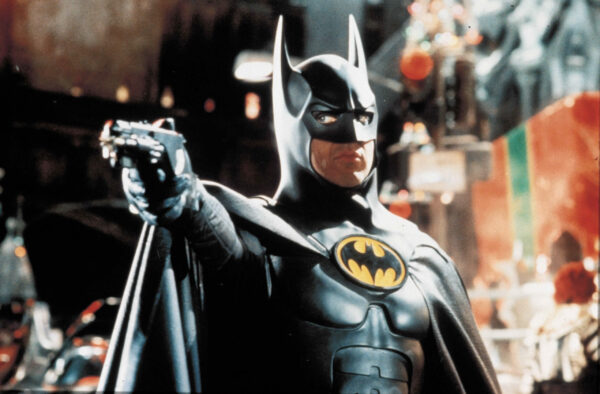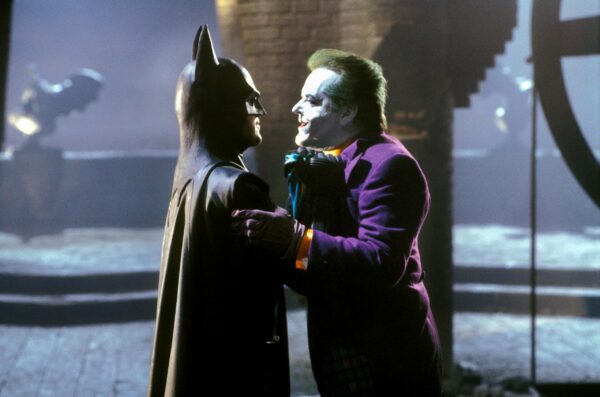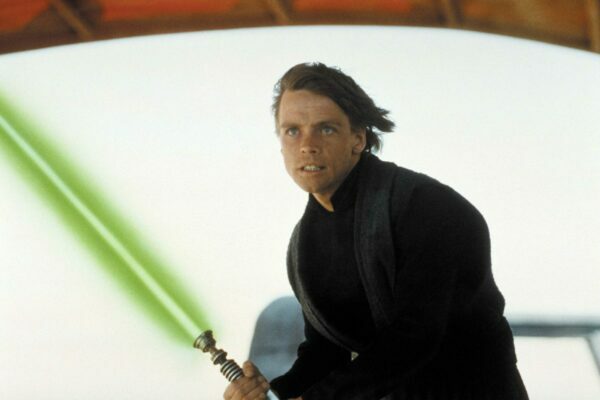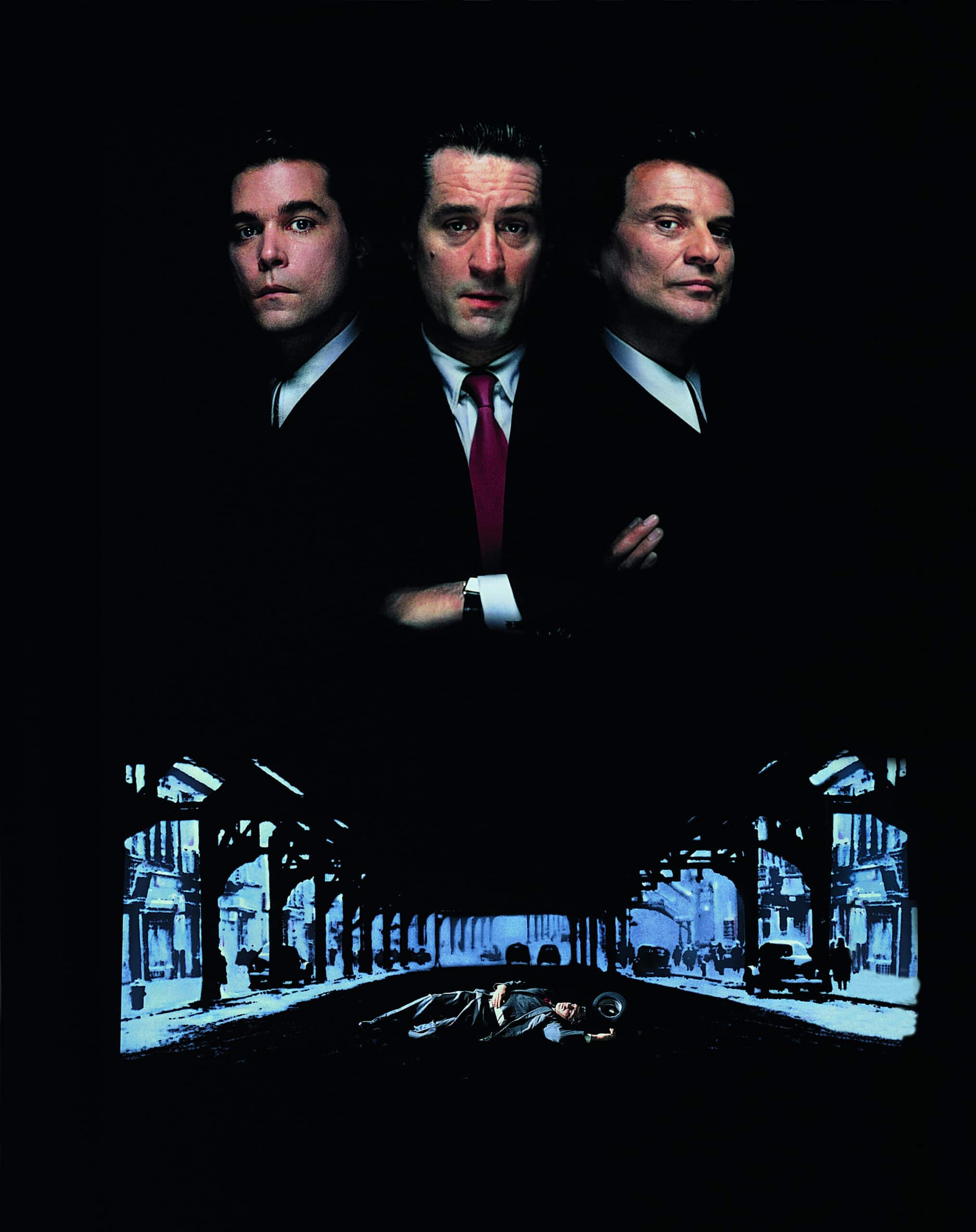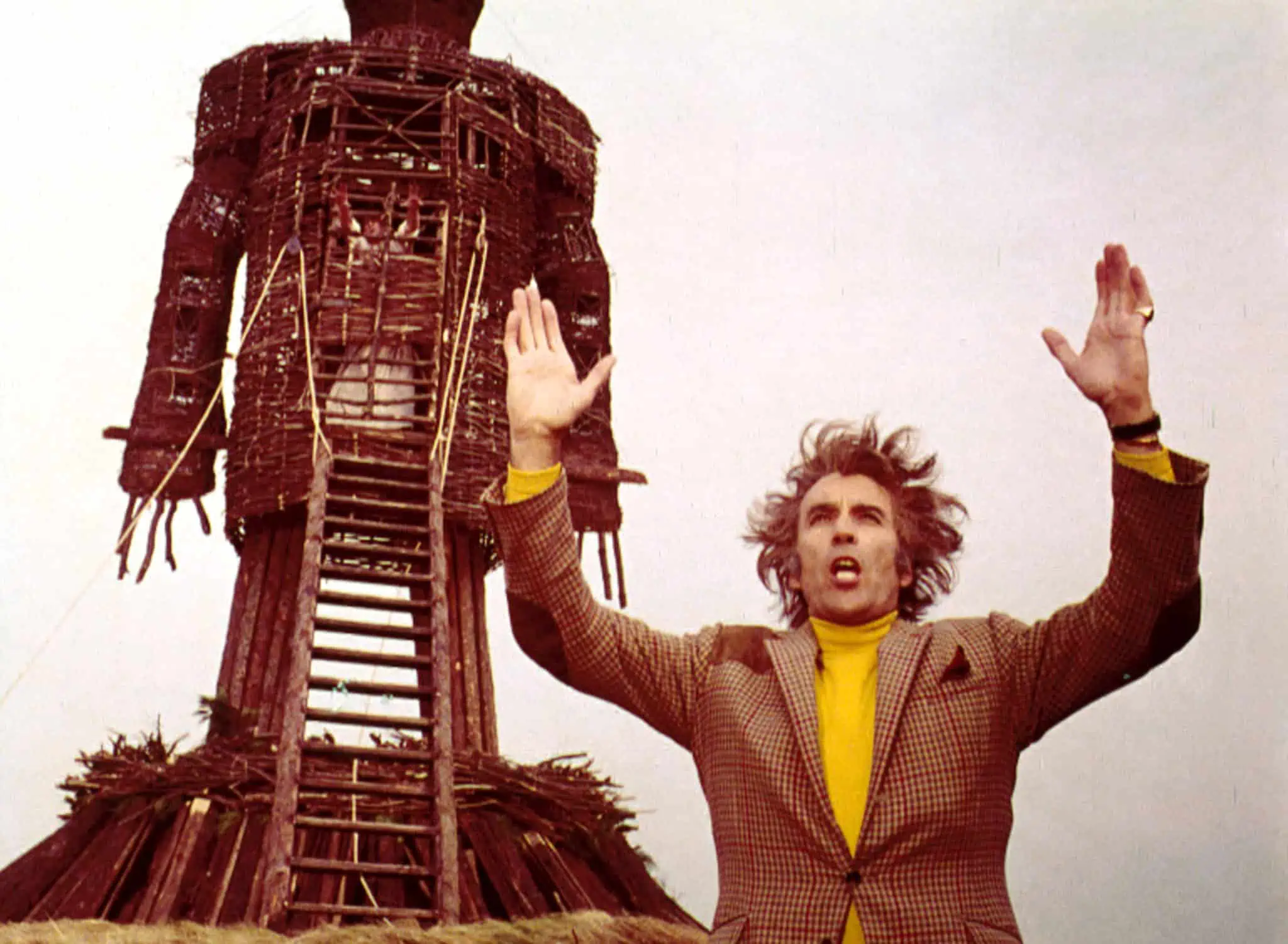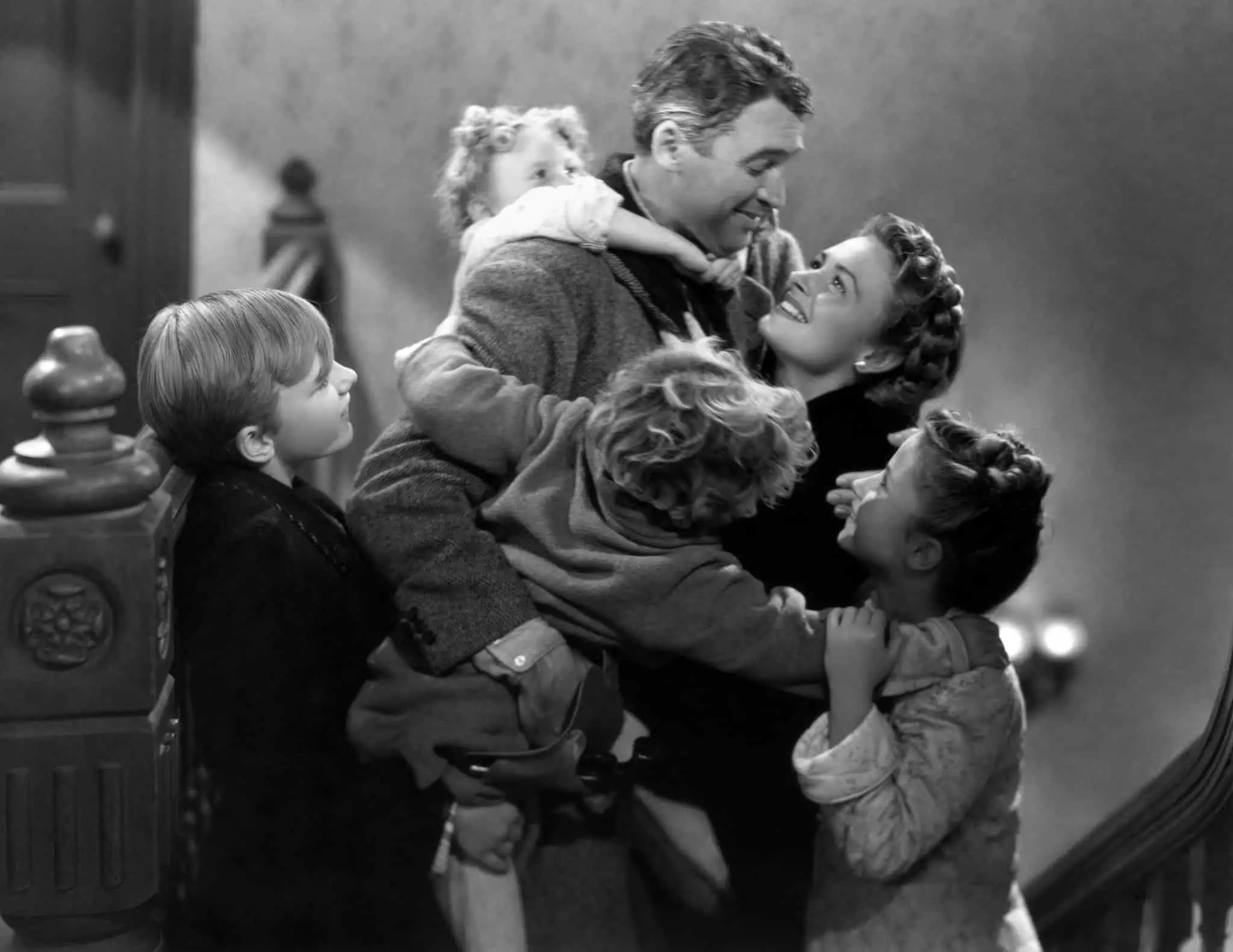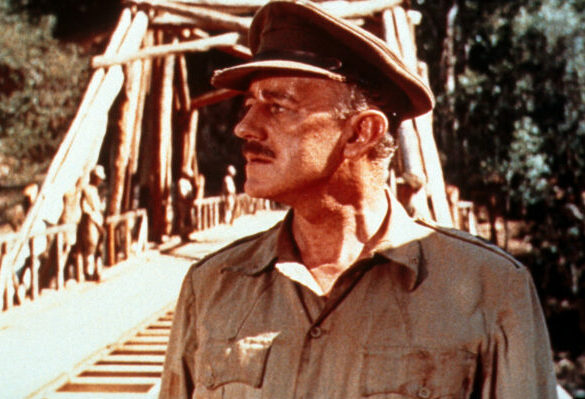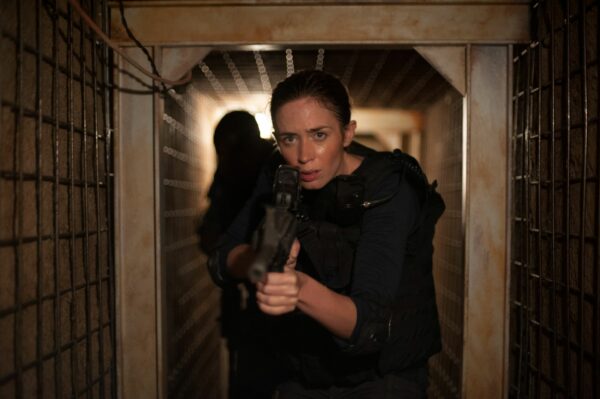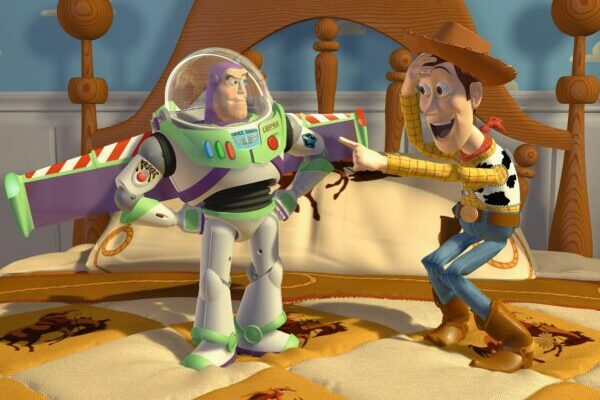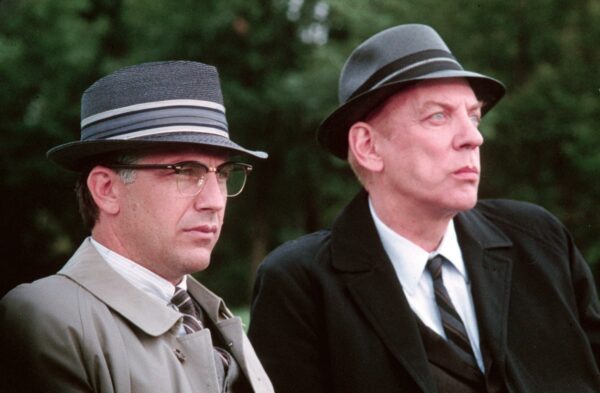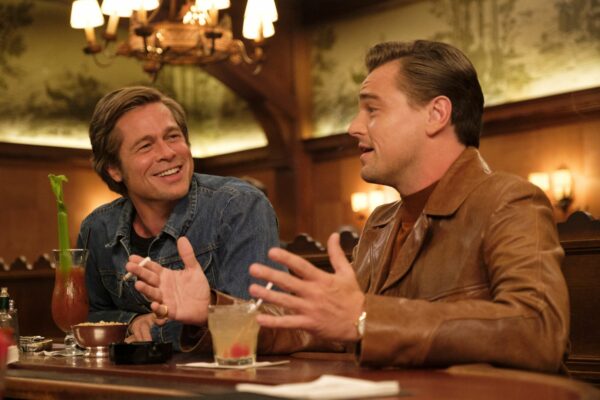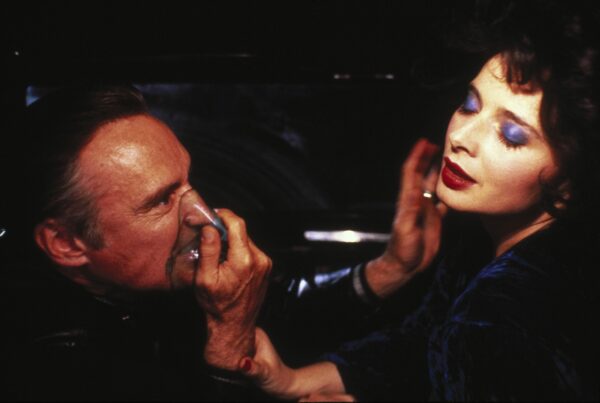
David Fincher’s crime thriller, Seven, is 25 years old. To celebrate the anniversary of a classic, and as a companion piece to our in-depth podcast on Seven, Bianca Garner has went behind the scenes to bring us the making of story.
Believe or not, there was a time where David Fincher was going to chuck in the directing towel. After his terrible experience directing Alien 3 (1992), Fincher was reluctant to direct another film. Studio interference and the poor critical response to the film had led to Fincher actually disowning the picture, with the director still holding a grudge against the producers and the film to this day, even going so far to say that, “no one hates [the film] more than me.” Luckily for us, Fincher’s experience didn’t put him off directing and he would return with a neo-noir picture that would garner much critical praise and become one of the highest grossing pictures of 1995. Released on the 22nd September 1995, Seven is celebrating its 25th anniversary, and its gut-punching twist ending remains one of the most iconic endings in cinema history. However, Seven’s infamous ‘head in the box’ may have not actually been in the final film had it not been for a mix-up in the draft number sent to Fincher.
The idea of the story for Seven came from screenwriter Andrew Kevin Walker’s experiences of living in New York while he was trying to make a career out of screenwriting. He found the city to be a tough place to live, and was incredibly unhappy there, however despite disliking his experience he has stated that, “if I hadn’t lived there I probably wouldn’t have written Seven.” Walker took a gamble and decided to reach out to screenwriter David Koepp, who was so impressed with it that he took the script to his own agent. The script was purchased by New Line Cinema, and director Jeremiah S. Chechik (probably best known for the 1989 film National Lampoon’s Christmas Vacation and the flop adaptation of the British cult TV show The Avengers in 1998) became attached to the project.
Both New Line and Chechik insisted on changing Walker’s ending. As you can probably imagine, Walker wasn’t too happy but, “dutifully rewrote,” the script in order to, “fulfill that director’s vision of a completely different ending.” However, for unknown reasons Chechik and New Line decided to part ways and the studio needed to find another director for the picture. Names such as David Cronenberg and Guillermo del Toro were put forward but Cronenberg was tied up with filming Crash (1996) and Del Toro personally believed he wasn’t the best fit for the gritty psychological thriller, stating that the script had a, “very cynical view of the world…and I don’t subscribe to that view.”
After going through the whole Alien 3 ordeal, Fincher had gone back to directing music videos, and he hadn’t read a script for over a year and a half. Still, New Line decided to see if he was interested in Seven and sent him the screenplay. However, they accidentally sent him the original screenplay with the ‘head in the box’ ending. When New Line realized that they had sent him the wrong draft, the President of Production, Michael De Luca, met with Fincher and tried to pressure him into using the new ending. De Luca wasn’t the only opposer to the film’s original climax – producer Arnold Kopelson was also against it. However, he admits that, “We attempted many different endings and none worked. It needed this horrendous event to kick off the last sin, wrath.” Fincher managed to reassure both De Luca and Kopelson that viewers would not see Tracy’s head in the box, therefore leaving much of the horror up to the viewers’ imagination.
Originally, Al Pacino was in the frame for the role of Detective Lieutenant William Somerset, but he opted to play Mayor John Pappas in City Hall (1996) instead. Gene Hackman was also approached but he was put off by the number of night shoots required. Reportedly, Robert Duvall and Harrison Ford were also considered but, ultimately, the role went to Morgan Freeman. For the role of Detective David Mills, Denzel Washington was originally lined up. However, he decided to turn it down as he considered the film too dark. Although, years later he confessed that he regretted the decision as soon as he saw the movie.
After going through the whole Alien 3 ordeal, Fincher had gone back to directing music videos, and he hadn’t read a script for over a year and a half.
Like Fincher, Brad Pitt was also an advocate for the ‘head in the box’ and only agreed to take on the role if the ending stayed. Gwyneth Paltrow originally turned down the role of Tracy, but when the producer’s second choice, Christina Applegate, also said no, Paltrow agreed to take it on. And in the role of John Doe, producers proposed Val Kilmer, who turned it down, so ultimately it went to Kevin Spacey.
The original theatrical trailer for Seven.
Seven was shot over the course of 55 days, and Fincher likened the experience of shooting the film as, “the kind of movie Friedkin might have made after The Exorcist.” He filmed Seven in a similar fashion to the documentary reality TV show COPS in order to recreate that sense of gritty realism. Although the city in which the film’s events occur is never named, filming took place in L.A. and Fincher insisted on creating an oppressive urban landscape which seemed plagued by eternal rain. The rain caused all sorts of havoc on set, and led to Brad Pitt suffering from a major accident when he slipped during a rainy chase scene in L.A. and shoved his arm through a car window. He severed a tendon and cut himself down to the bone, forcing him to wear a cast when he returned to the production. In order to get around this, the cast was subsequently written into the script, with Mills saying he had broken his arm.
In order to get the film’s dark, bleak and gloomy appearance, Fincher and his team decided to use a chemical process known as a bleach bypass (also known as silver retention). The process involves the skipping of the bleaching function during the processing of colour film. By doing this, the silver is retained in the emulsion along with the color dyes. The end result is the layering of a black and white image over a colour image.
Seven was released on the 22nd September 1995, to positive reviews with Owen Gleiberman from Entertainment Weekly, describing it as a, “tantalizingly morbid atmosphere of unease.” The film went on to gross $100.1 million in North America and $227.1 million at the global box office, which made Seven the seventh (of course) highest-grossing film in 1995. For years now there have been rumours of a Seven sequel (a working title is, apparently, Ei8ht). However, Fincher has stated that he doesn’t want to be involved in any sequel stating that he would rather have, “cigarettes put out in my eyes” and that he doesn’t “want to do the same s*** over and over.” Perhaps it’s best to leave that box unopened.
Not got your fill just yet? Take a listen to our in-depth podcast on Fincher’s Seven.



